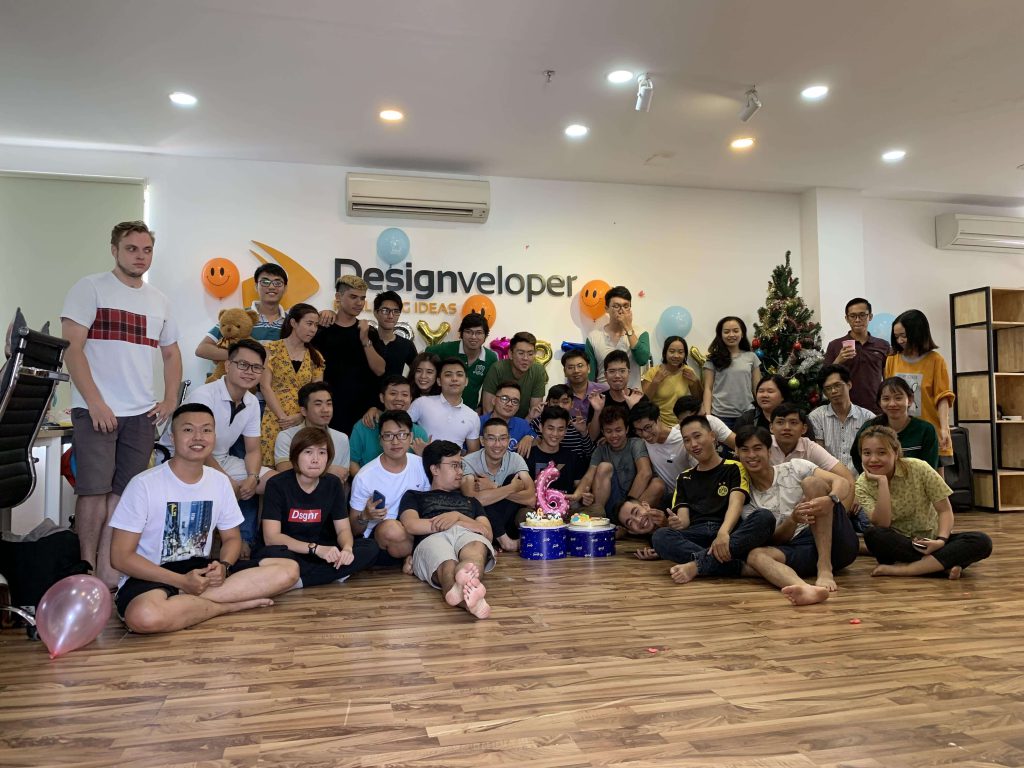
Website Development | Expert Website Developer
Website Development | Expert Website Developer
Getting started with the web
Getting started with the web is a concise series introducing you to the practicalities of web development. You’ll set up the tools you need to construct a simple webpage and publish your own simple code.
The story of your first website
It’s a lot of work to create a professional website, so if you’re new to web development, we encourage you to start small. You won’t build another Facebook right away, but it’s not hard to make your own simple website online, so we’ll start there.
Guides
By working through the articles listed below, you will go from nothing to getting your first webpage online. Let’s begin our journey!
- Installing basic software
- When it comes to tools for building a website, there’s a lot to pick from. If you’re just starting, you might be confused by the array of code editors, frameworks, and testing tools out there. In this article, we will show you step-by-step how to install the software you need to begin some basic web development.
- What will your website look like?
- Before you start writing the code for your website, you should plan it first. What information are you showcasing? What fonts and colors are you using? Here we’ll outline a simple method that you can follow to plan out your site’s content and design.
- Dealing with files
- A website consists of many files: text content, code, stylesheets, media content, and so on. When you’re building a website, you need to assemble these files into a sensible structure and make sure they can talk to one another. This article explains how to set up a sensible file structure for your website and what issues you should be aware of.
- HTML basics
- HyperText Markup Language (HTML) is the code that you use to structure your web content and give it meaning and purpose. For example, is my content a set of paragraphs or a list of bullet points? Do I have images inserted on my page? Do I have a data table? Without overwhelming you, this article will provide enough information to make you familiar with HTML.
- CSS basics
- Cascading Style Sheets (CSS) is the code that you use to style your website. For example, do you want the text to be black or red? Where should content be drawn on the screen? What background images and colors should be used to decorate your website? In this article, we’ll take you through what you need to get started.
- JavaScript basics
- JavaScript is the programming language that you use to add interactive features to your website. Some examples could be games, things that happen when buttons are pressed or data is entered in forms, dynamic styling effects, animation, and much more. In this article, we’ll give you an idea of what is possible with this exciting language, and how to get started.
- Publishing your sample code
- Once you have finished writing the code and organizing the files that make up your website, you need to put it all online so people can find it. This article describes how to get your simple sample code online with minimum effort.
- How the web works
- When you access your favorite website, a lot of complicated things happen in the background that you may not know about. Here we will outline what happens when you view a webpage on your computer.
Key components of web development include:
- Front-end Development: Front-end development focuses on the user interface and user experience of a website. Front-end developers use technologies like HTML (Hypertext Markup Language), CSS (Cascading Style Sheets), and JavaScript to create the visual layout, design, and interactivity of web pages. They also work with frameworks and libraries like React, Angular, or Vue.js to build more complex front-end applications.
- Back-end Development: Back-end development deals with the server-side of the web application. Back-end developers use programming languages like Python, Ruby, Java, PHP, or Node.js to handle data storage, business logic, and server-side processing. They also interact with databases, manage user authentication, and handle server requests and responses.
- Database Management: Web applications often require databases to store and manage data. Database management involves designing and creating the database structure, writing queries to retrieve and manipulate data, and ensuring data security and integrity.
- Full-stack Development: A full-stack developer is proficient in both front-end and back-end development, capable of handling the entire web development process from start to finish. They are versatile and can work on both client-side and server-side components of a web application.
- Web Design: Web designers are responsible for creating the visual elements of a website. They focus on layout, color schemes, typography, and overall aesthetics to ensure a visually appealing and user-friendly interface.
- User Experience (UX) and User Interface (UI) Design: UX designers focus on creating a smooth and intuitive user experience, considering how users interact with the website. UI designers, on the other hand, focus on the visual aspects of the user interface, ensuring it is attractive and functional.
- Web Hosting and Deployment: Once the web application is developed, it needs to be hosted on a server to make it accessible over the internet. Web developers handle the deployment process and ensure that the website runs smoothly on the chosen hosting platform.
- Security: Web developers must implement security measures to protect the web application from potential threats like data breaches, hacking attempts, and other vulnerabilities.
The Top Web Development Blogs that You Should Bookmark!
But readers can sometimes feel confused and overwhelmed by the amount of content out there. Therefore, this article today will list top web development blogs built systematically by various professional writers in the world.

1. Designveloper
Designveloper not only can this software development powerhouse create high-quality software products. But they have also been writing hundreds of articles with insightful knowledge and use cases.

They write mostly about web development, app development, and other trending topics you might want to know to master your profession whether you are a front-end developer, back-end developer, or a project manager, etc


